UPSC Exam > UPSC Notes > Medical Science Optional Notes for UPSC > Tuberculosis
Tuberculosis | Medical Science Optional Notes for UPSC PDF Download
| Table of contents |

|
| Pathogenesis of Tuberculosis |

|
| Membranous Nephropathy |

|
| Nephrotic Syndrom |

|
| CNS Tuberculosis |

|
| Impaired Glucose Tolerance |

|
Pathogenesis of Tuberculosis

A. Primary Pulmonary Tuberculosis (0-3 weeks)
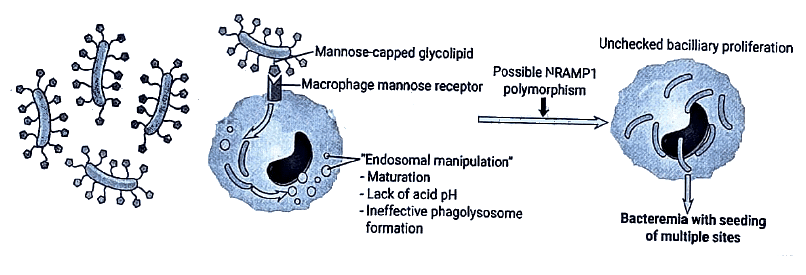
B. Primary Pulmonary Tuberculosis (>3 weeks)
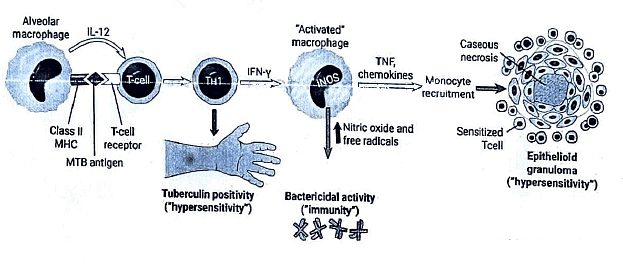
Membranous Nephropathy
Cause:

Pathogenesis:
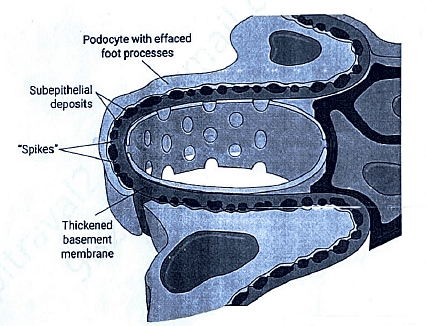
Morphology:
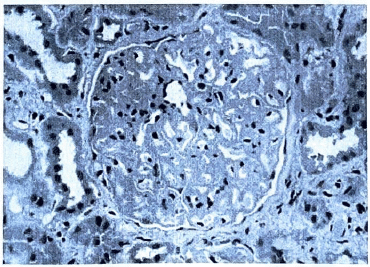

Question for Tuberculosis
Try yourself:
What is the cause of membranous nephropathy?View Solution
Nephrotic Syndrom
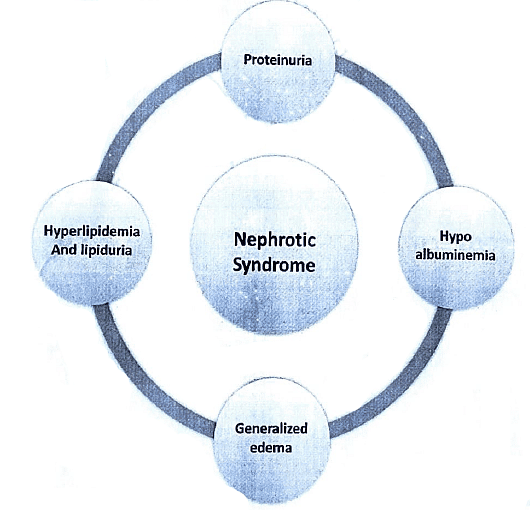
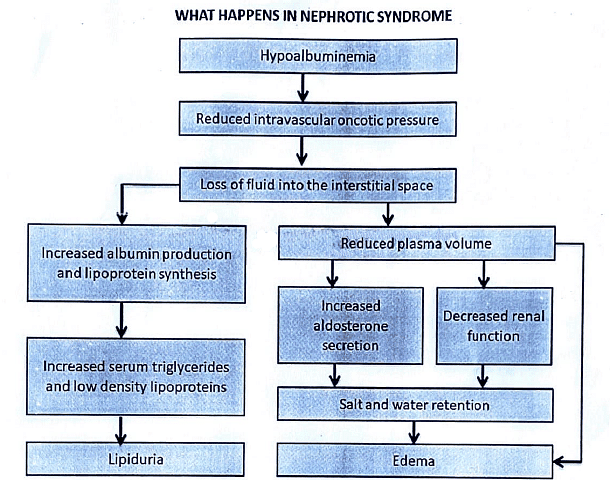
CNS Tuberculosis
 |
Download the notes
Tuberculosis
|
Download as PDF |
Download as PDF
Classification
Intracranial
- Tuberculous meningitis (TBM)
- Tuberculous encephalopathy
- Tuberculous vasculopathy
- CNS tuberculoma (Single or multiple)
- Tuberculous Brain Absce
Spinal
- Pott's spine and Pott's paraplegia
- Non-osseous spinal tuberculoma
- Spinal meningitis
Subarachnoid Space:
- Presence of exudate
- Involvement of arteries
Leptomeningeal Involvement:
- Microscopic alterations
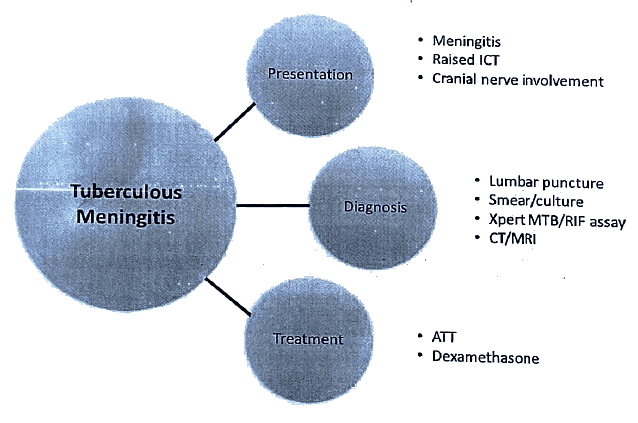
Impaired Glucose Tolerance

Diagnostic Criteria for Impaired Glucose Tolerance (IGT)/Prediabetes/Impaired Fasting Glucose (IFG):
- IFG is defined as Fasting Plasma Glucose levels between 5.6-6.9 mmol/L (110-125 mg/dL).
- Impaired Glucose Tolerance (IGT) is characterized by plasma glucose levels between 7.8 and 11 mmol/L (140 and 199 mg/dL) following an oral glucose challenge.
- Prediabetes is identified by an A1C level ranging from 5.7-6.4%, as per the American Diabetes Association (ADA), or referred to as "increased risk of diabetes" or "intermediate hyperglycemia" by the World Health Organization (WHO).
Type 1 DM - Pathogenesis
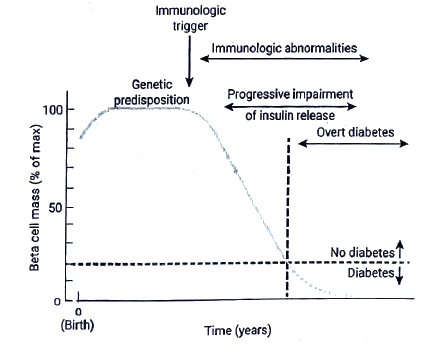
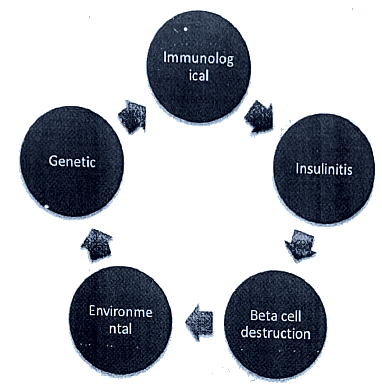
Environment
Viruses:
- Coxsackie
- Rubella
- Enteroviruses
Proteins in Bovine Milk:
- Nitrosourea Compounds

Question for Tuberculosis
Try yourself:
What is the diagnostic criteria for Impaired Glucose Tolerance (IGT)?View Solution
Islet cell autoantibodies
- Insulin
- GAD
- ZnT-8
- ICA-512/IA-2
The document Tuberculosis | Medical Science Optional Notes for UPSC is a part of the UPSC Course Medical Science Optional Notes for UPSC.
All you need of UPSC at this link: UPSC
|
7 videos|219 docs
|
FAQs on Tuberculosis - Medical Science Optional Notes for UPSC
| 1. What is the pathogenesis of tuberculosis? |  |
| 2. What is membranous nephropathy? |  |
Ans. Membranous nephropathy is a kidney disease characterized by thickening and damage to the glomerular basement membrane, which is responsible for filtering waste and excess fluid from the blood. This thickening occurs due to the deposition of immune complexes, primarily antibodies, in the membrane.
The exact cause of membranous nephropathy is often unknown, but it can be associated with various underlying conditions, such as infections, autoimmune disorders, malignancies, and certain drugs. The condition can lead to nephrotic syndrome, a group of symptoms including proteinuria (excessive protein in the urine), edema (swelling), hypoalbuminemia (low blood albumin levels), and hyperlipidemia (high blood lipid levels).
| 3. What is nephrotic syndrome? |  |
Ans. Nephrotic syndrome is a kidney disorder characterized by a group of symptoms, including proteinuria (excessive protein in the urine), edema (swelling), hypoalbuminemia (low blood albumin levels), and hyperlipidemia (high blood lipid levels).
It can be caused by various underlying conditions that affect the glomeruli, the tiny blood vessels in the kidneys responsible for filtering waste and excess fluid from the blood. These conditions include membranous nephropathy, minimal change disease, focal segmental glomerulosclerosis, and membranoproliferative glomerulonephritis.
Treatment for nephrotic syndrome involves addressing the underlying cause, managing symptoms, and preventing complications such as infections and blood clots. Medications like corticosteroids and immunosuppressants may be prescribed to reduce proteinuria and control the immune response.
| 4. What is CNS tuberculosis? |  |
Ans. CNS tuberculosis refers to tuberculosis infection that affects the central nervous system, which includes the brain and spinal cord. It occurs when the bacteria Mycobacterium tuberculosis spread from another site in the body, usually the lungs, to the CNS.
Symptoms of CNS tuberculosis can vary and may include headache, neck stiffness, fever, altered mental status, seizures, and focal neurological deficits. The infection can lead to meningitis, tuberculoma (a mass or lesion in the brain), or spinal tuberculosis.
Treatment for CNS tuberculosis typically involves a combination of multiple anti-tuberculosis drugs for an extended period. Prompt diagnosis and treatment are crucial to prevent complications and reduce the risk of long-term neurological damage.
| 5. What is impaired glucose tolerance? |  |
Ans. Impaired glucose tolerance (IGT) refers to a condition in which blood sugar levels are higher than normal but not high enough to be diagnosed as diabetes. It is considered a pre-diabetic state and indicates an increased risk of developing type 2 diabetes.
IGT occurs when the body's cells become less responsive to insulin, a hormone that helps regulate blood sugar levels. As a result, glucose remains in the bloodstream rather than being taken up by cells for energy.
Risk factors for impaired glucose tolerance include obesity, sedentary lifestyle, family history of diabetes, and certain medical conditions like polycystic ovary syndrome. Lifestyle modifications, such as regular exercise, healthy eating, and weight loss, can help manage IGT and reduce the risk of progressing to diabetes.
Related Searches





















